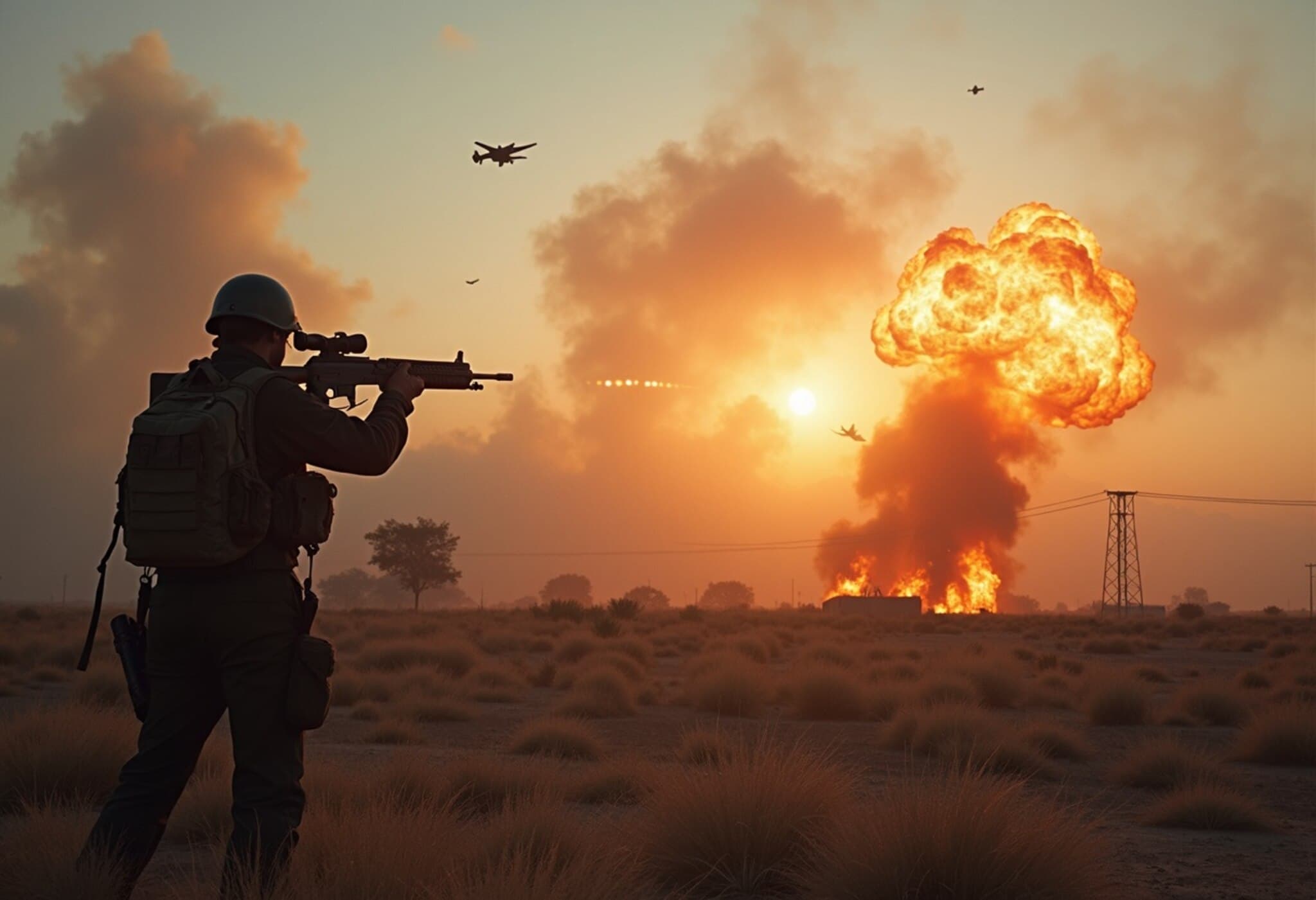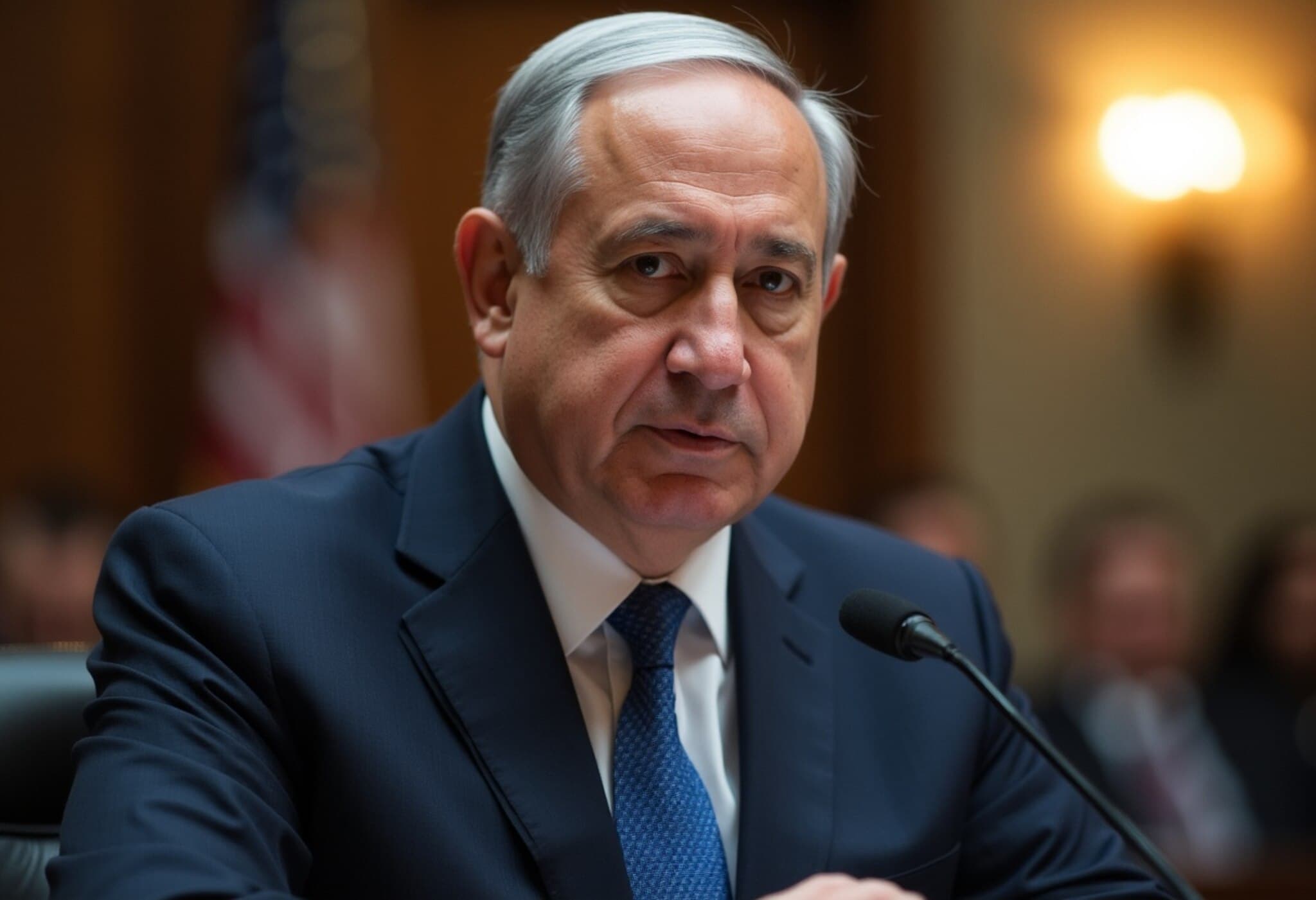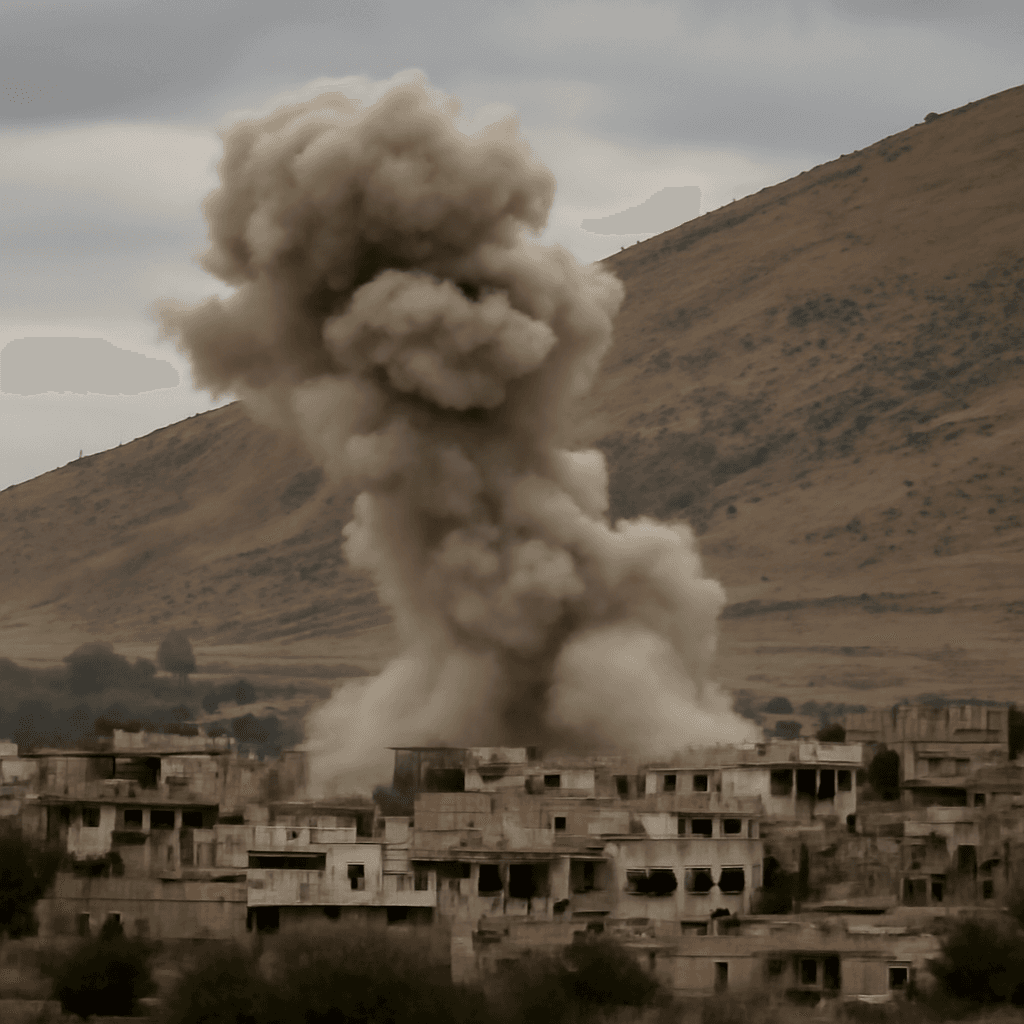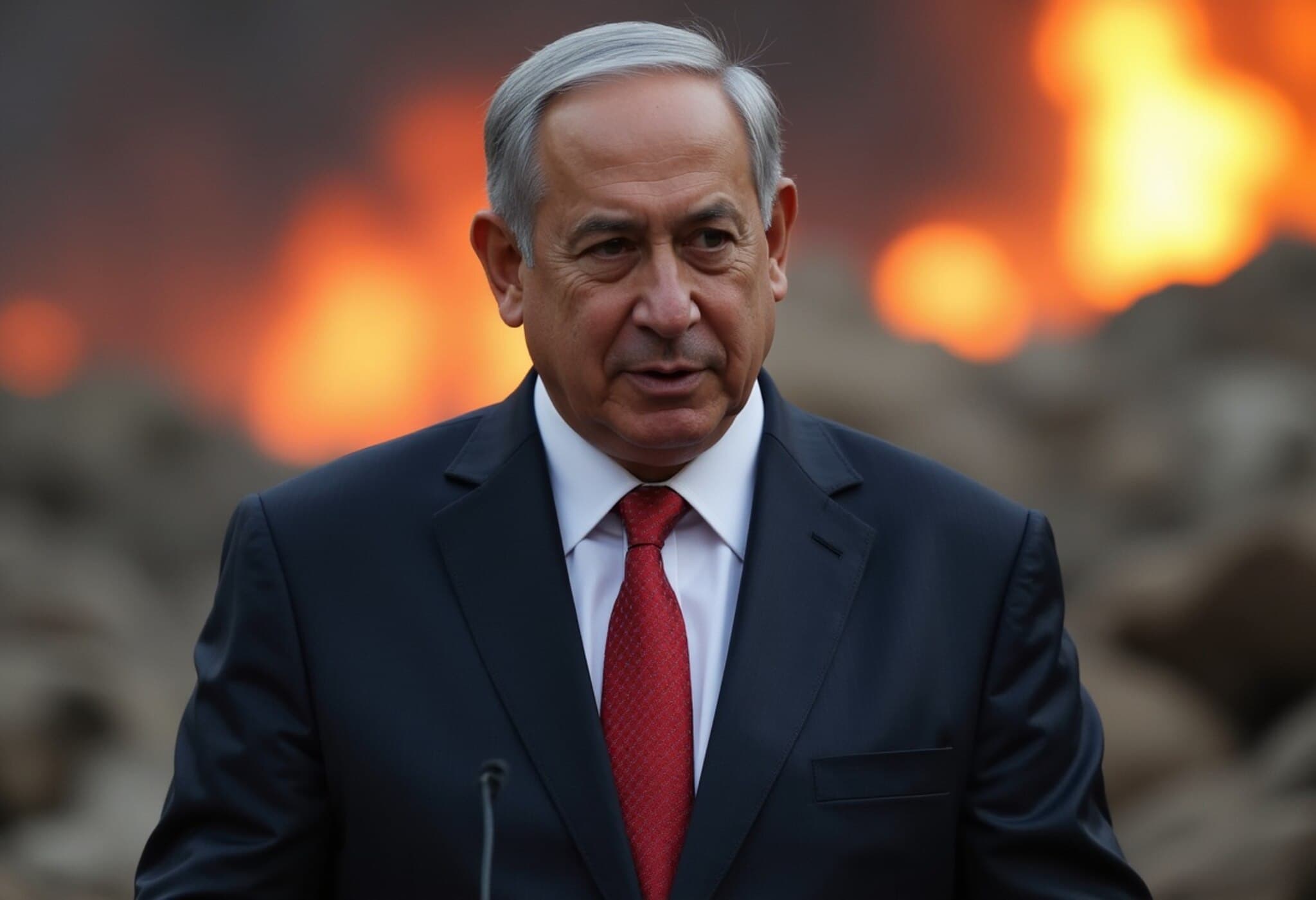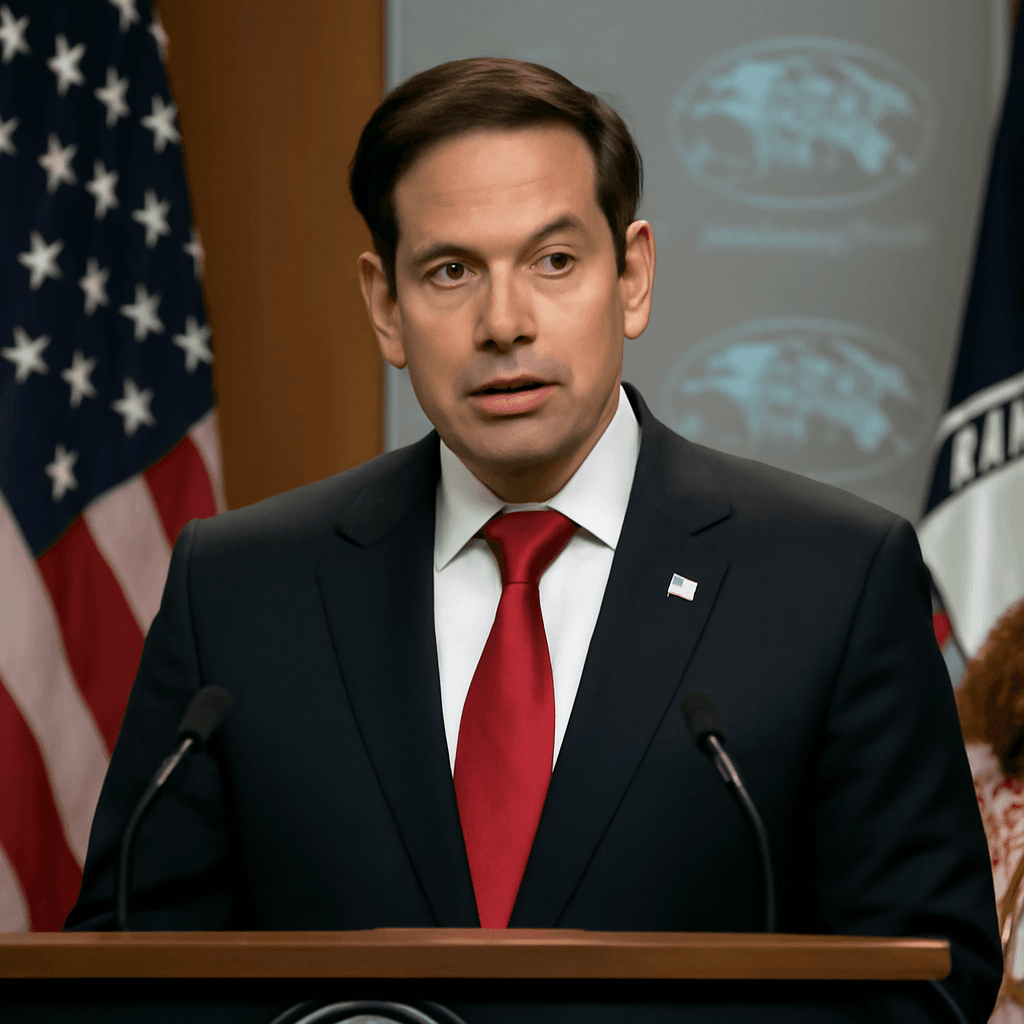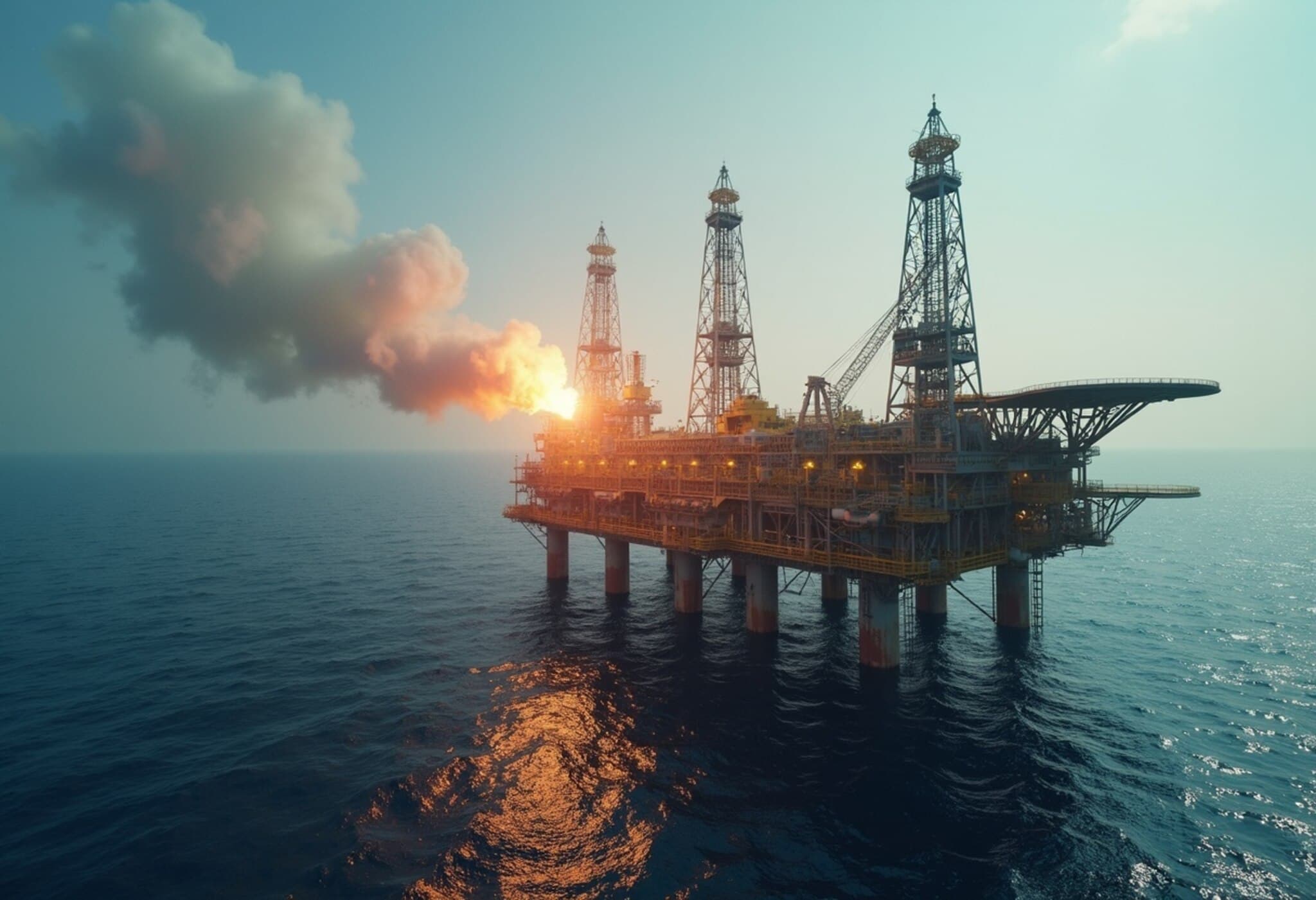Understanding the Rising Tensions Between Israel and Iran
On June 13, Israel launched a massive aerial campaign targeting more than 100 strategic sites across Iran. The strikes hit various locations, including nuclear facilities and key military installations. Tehran quickly retaliated by launching missiles and drones against Israeli cities, causing significant damage to critical infrastructure.
These exchanges have resulted in at least seven fatalities in Israel and over 100 casualties reported in Iran, with many others injured. As the conflict rapidly intensifies, global leaders warn of the growing risk of a broader regional war.
Five Worst-Case Scenarios If the Conflict Escalates Further
1. U.S. Military Involvement Becomes Inevitable
Iran perceives the United States as tacitly endorsing Israel's June 13 strikes. With American troops stationed across the Middle East, U.S. forces could become direct targets. Even a single American casualty might compel the U.S. government to reconsider its stance, potentially abandoning previous promises to avoid new military engagements in the region.
2. Israel Fails to Halt Iran’s Nuclear Ambitions
Despite the extensive Israeli offensive, doubts linger about the operation's effectiveness. Iran’s nuclear materials could be deeply concealed underground, while the death of individual scientists might not cripple the country’s nuclear expertise. Should Iran maintain critical sites like the Fordow facility or fail to eliminate uranium stockpiles, it may accelerate its nuclear weapons program. This could lead to a vicious cycle of attacks and counterattacks, commonly described as a “mowing the grass” strategy.
3. Gulf States Become Battlegrounds
If Iran struggles to deliver decisive blows to Israel, it may shift focus to softer targets in the Gulf region. Critical infrastructure such as oil fields and U.S. military bases in Saudi Arabia, the United Arab Emirates, or Bahrain could be at risk. Previous assaults demonstrate Iran’s capability in this area. Such developments might draw Gulf countries further into the conflict, increasing dependency on U.S. military support.
4. Worldwide Economic Consequences
Oil prices have already risen amid the hostilities. If Iran blocks the Strait of Hormuz—a vital artery for global oil shipments—or if allied groups disrupt shipping lanes in the Red Sea, global energy markets could face severe shocks. Many economies are still fragile due to inflation and lingering pandemic effects. An oil crisis could drive up living costs, with the added twist that higher crude prices might financially empower Russia amid its ongoing conflict in Ukraine.
5. Potential Collapse of Iran’s Regime
Israeli Prime Minister Benjamin Netanyahu recently addressed the Iranian people, implying that these strikes could pave the way for Iranian freedom. However, should the regime fall, the aftermath might resemble post-conflict scenarios in Iraq or Libya—marked by instability, internal strife, and heightened radicalization. The region could enter a prolonged period of turmoil and displacement, with unpredictable consequences for global security.
Conclusion: Walking a Tightrope in the Middle East
The escalating conflict between Israel and Iran carries a host of dangerous possibilities — from widened warfare to economic shocks and political chaos. The coming weeks will be critical in determining whether diplomatic efforts can avert a full-blown regional war or if the worst-case scenarios become reality.

